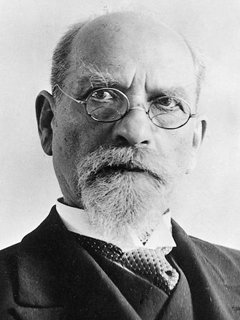
Publication details
Publisher: Springer
Place: Berlin
Year: 2017
Pages: 33-51
Series: Phenomenology and the cognitive sciences
Full citation:
, "Cognitive extension, enhancement, and the phenomenology of thinking", Phenomenology and the cognitive sciences 16 (1), 2017, pp. 33-51.


Cognitive extension, enhancement, and the phenomenology of thinking
pp. 33-51
in: Darian Meacham, Ruud ter Meulen, Sylvie Allouche (eds), Critiquing technologies of the mind, Phenomenology and the cognitive sciences 16 (1), 2017.Abstract
This paper brings together several strands of thought from both the analytic and phenomenological traditions in order to critically examine accounts of cognitive enhancement that rely on the idea of cognitive extension. First, I explain the idea of cognitive extension, the metaphysics of mind on which it depends, and how it has figured in recent discussions of cognitive enhancement. Then, I develop ideas from Husserl that emphasize the agential character of thought and the distinctive way that conscious thoughts are related to one another. I argue that these considerations are necessary for understanding why forms of cognitive extension may diminish our cognitive lives in different ways. This does not lead to a categorical rejection of cognitive enhancement as unethical or bad for human flourishing, but does warrant a conservative approach to the design and implementation of cognitive artifacts.
Cited authors
Publication details
Publisher: Springer
Place: Berlin
Year: 2017
Pages: 33-51
Series: Phenomenology and the cognitive sciences
Full citation:
, "Cognitive extension, enhancement, and the phenomenology of thinking", Phenomenology and the cognitive sciences 16 (1), 2017, pp. 33-51.

